4.4.3 Safety labels on board
The safety labels on your boat emphasize important safety precautions, to which every crew member must pay attention. Check here what safety labels there are on your boat and where they are located.
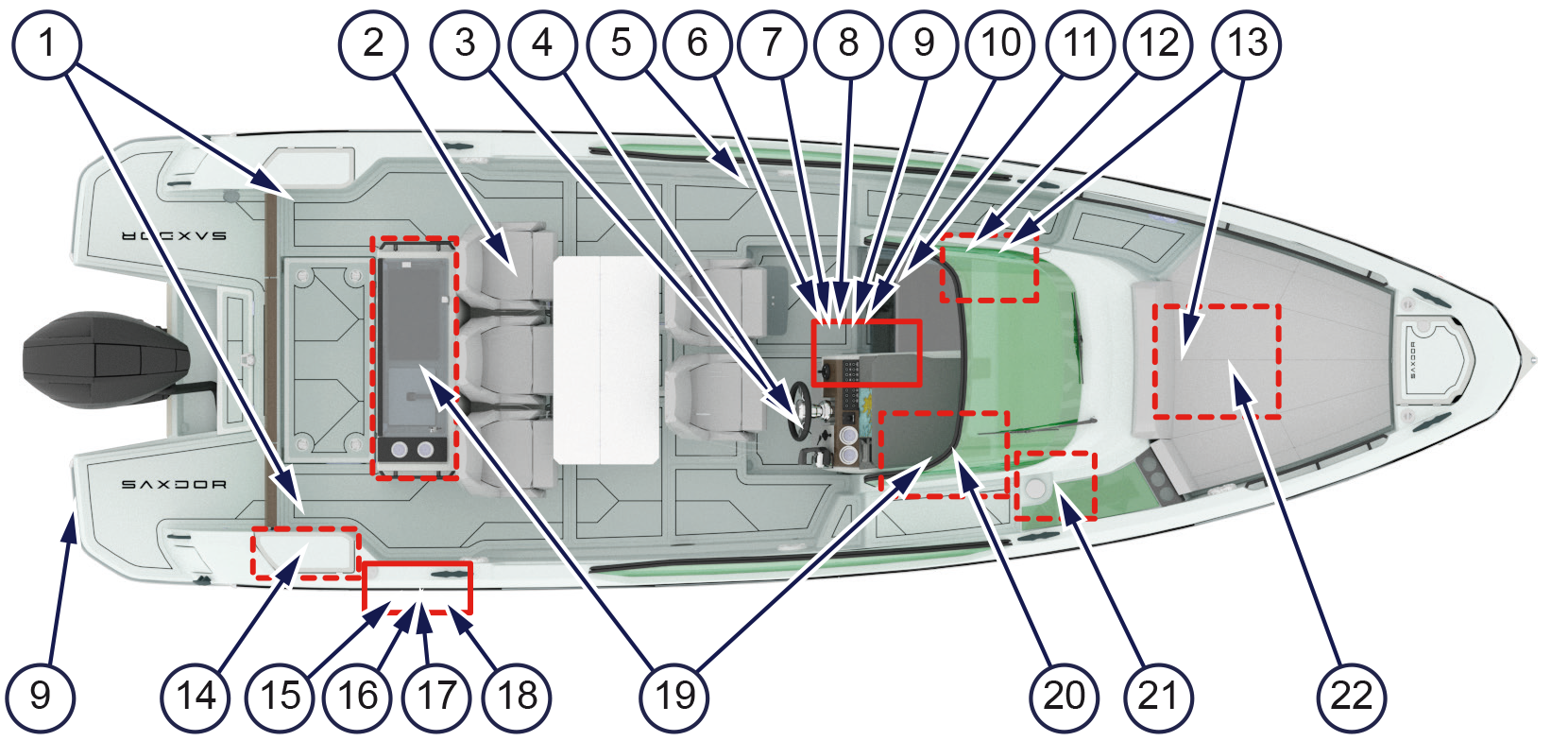
| Number | Label | Clarification |
|---|---|---|
1 |
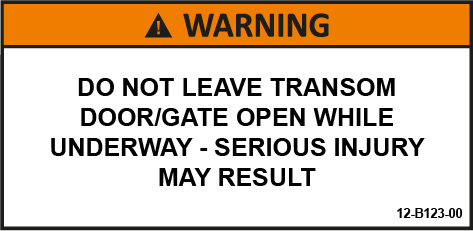 |
Warning Keep the transom gate shut when underway. If the gate is open, serious injury may result from falling into water and near the propeller. |
2 |
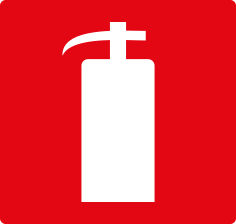 |
Indicates the location of a fire extinguisher. |
3 |
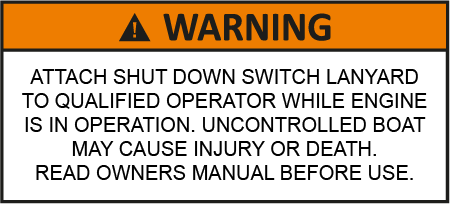 |
WARNING Attach the shut down switch lanyard to a qualified operator while the engine is in operation. An uncontrolled boat may cause injury or death. Read the owner’s manual before use. |
4 |
 |
Warning Failure to observe these safety rules may cause death or serious injury.
|
5 |
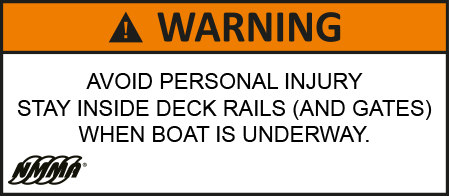 |
WARNING Avoid personal injury. Stay inside the deck rails (and gates) when the boat is underway. |
6 |
 |
BOATMAN’S CHECKLIST For maximum safety and enjoyment, check each of the items listed
on the label BEFORE you start your engine:
|
7 |
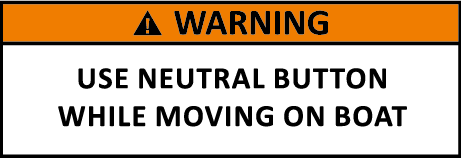 |
WARNING Use the Throttle Only button to avoid unintended gear engagement when the captain is not at the helm. |
8 |
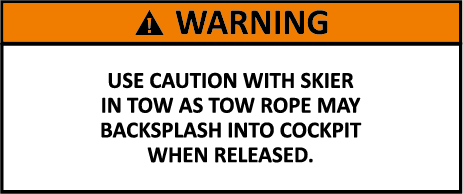 |
WARNING Use caution when a skier is in tow as the tow rope may backlash into the cockpit when released. |
9 |
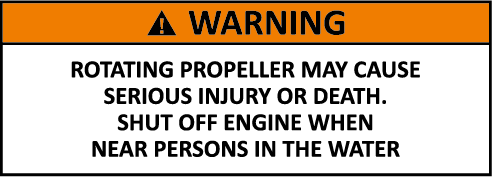 |
WARNING A rotating propeller may cause a serious injury or death. Shut off the engine when there are people in the water near the boat. |
10 |
 |
WARNING A qualified operator must be in control at all times. Operation by an unqualified operator can cause loss of control. This may result in severe injury, death or property damage. Boat stability and handling will change with weight distribution. Read the owner’s manual before use. |
11 |
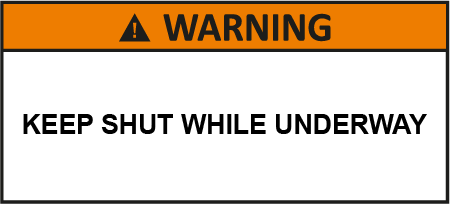 |
WARNING Keep the cabin door shut when the boat is moving. |
12 |
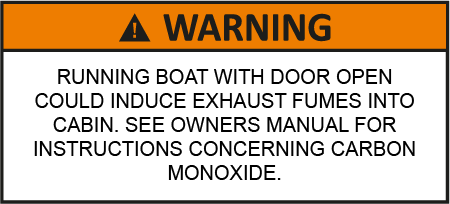 |
WARNING Running the boat when the door marked with the warning is open could induce exhaust fumes into cabin. See the owner’s manual for instructions concerning carbon monoxide. |
13 |
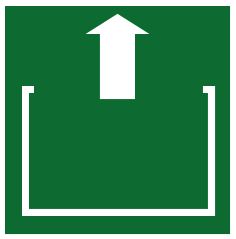 |
Indicates a designated emergency exit. |
14 |
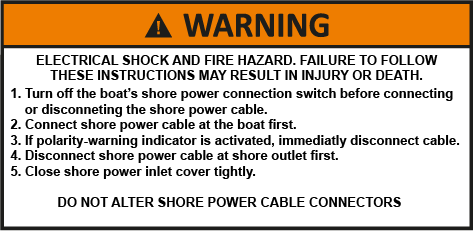 |
WARNING Electrical
shock and fire hazard. Failure to follow these instructions may result
in injury or death.
Do not alter the shore power cable connectors. |
15 |
 |
Indication to read the manufacturer’s manual before operating the heater because of exhaust gas related risks. |
16 |
 |
Warning Leaking fuel can cause fire or explosion which may lead to serious injury or death. |
17 |
 |
WARNING Gasoline vapors may cause fires or explosions. Do not overfill the fuel tank. Keep the boat away from flames and sparks. Do not start the engine if liquid gasoline or vapors are present. Always replace the engine cover (or seat) before starting. |
18 |
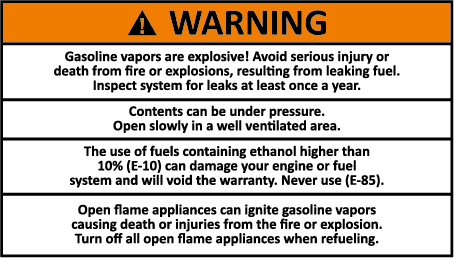 |
WARNING Gasoline vapors are explosive! Avoid serious injury or death from fire or explosions, resulting from leaking fuel. Inspect the system for leaks at least once a year. The contents can be under pressure. Open slowly in a well ventilated area. The use of fuels containing ethanol higher than 10% (E-10) can damage your engine or fuel system and will void the warranty. Never use (E-85). Open flame appliances can ignite gasoline vapors, causing death or injuries from fire or explosion. Turn off all open flame appliances when refueling. |
19 |
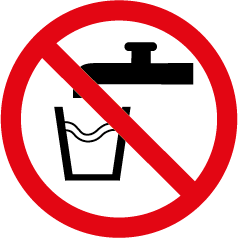 |
WARNING The water in the fresh water system is non-potable. Do not drink it. |
20 |
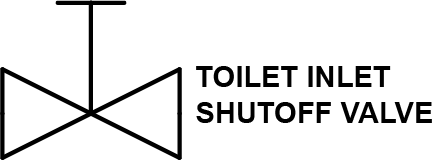 |
Indicates the location and function of the toilet inlet shut-off valve. |
21 |
 |
WARNING Carbon monoxide (CO) can cause brain damage or death. Engine and generator exhaust contains odorless and colorless carbon monoxide gas. Signs of carbon monoxide poisoning include nausea, headache, dizziness, drowsiness, and lack of consciousness. Get fresh air if anyone shows signs of carbon monoxide poisoning. See the owner’s manual for information regarding carbon monoxide poisoning. |
22 |
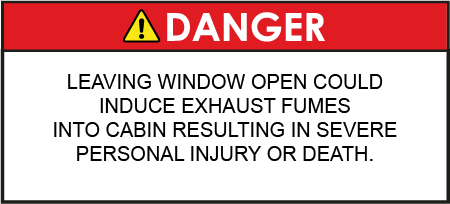 |
DANGER Leaving window open could induce exhaust fumes into cabin resulting in severe personal injury or death. |
Check the equipment manufacturers’ manuals for more information about safety precautions.